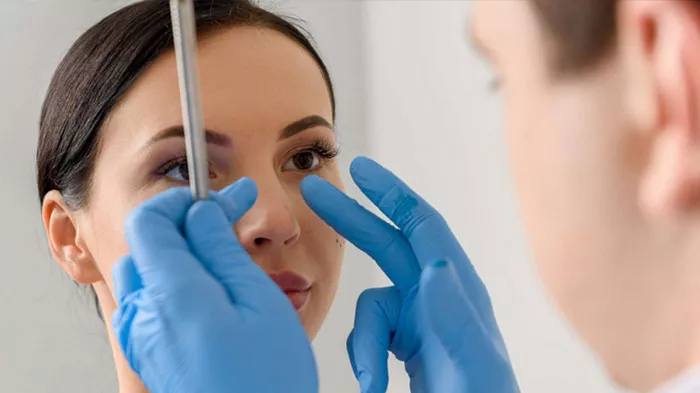Rhinoplasty, commonly referred to as a nose job, is a surgical procedure that can reshape and enhance the appearance of the nose. It is a highly individualized procedure, and the decision to undergo rhinoplasty should be based on various factors, including age. The ideal age for rhinoplasty can vary from person to person, depending on factors such as physical maturity, emotional readiness, and personal goals. In this article, we will explore the different considerations to determine the best age for rhinoplasty.
Physical Maturity
One of the primary factors to consider when determining the best age for rhinoplasty is physical maturity. The nose continues to develop and grow until the late teens or early twenties. It is crucial to wait until the nasal bones and cartilage have reached their full growth potential before considering rhinoplasty. Undergoing the procedure too early in life can result in potential complications or the need for revision surgery as the nose continues to grow.
Emotional Readiness
In addition to physical maturity, emotional readiness is another important aspect to consider when contemplating rhinoplasty. It is essential to have realistic expectations and a clear understanding of the potential outcomes of the procedure. Rhinoplasty is a significant decision that requires a certain level of emotional maturity and a strong commitment to the recovery process. The decision to undergo surgery should be made autonomously, without pressure from external sources.
Individual Circumstances and Goals
The best age for rhinoplasty can also depend on an individual’s specific circumstances and goals. Here are a few factors to consider:
- Medical Necessity: In some cases, rhinoplasty may be required at a younger age to correct functional issues, such as breathing difficulties or congenital abnormalities. In these instances, the timing of the procedure is determined by medical necessity rather than cosmetic concerns.
- Stable Facial Growth: It is important to ensure that the face has reached a stable state of growth before undergoing rhinoplasty. Significant changes to the nasal structure can affect the overall balance and harmony of the face. Waiting until the facial features have matured and stabilized can help achieve more predictable and long-lasting results.
- Personal Goals: The decision to undergo rhinoplasty should align with an individual’s personal goals and desires. Some individuals may feel self-conscious about their nose from a young age and have a clear vision of what they hope to achieve through the procedure. In such cases, undergoing rhinoplasty at a younger age, with the guidance of a qualified surgeon, can have a positive impact on self-esteem and overall well-being.
Consultation with a Qualified Surgeon
Determining the best age for rhinoplasty is a decision that should be made in consultation with a qualified and experienced plastic surgeon. During a consultation, the surgeon will evaluate various factors, including physical maturity, emotional readiness, and individual goals, to provide personalized recommendations.
A skilled surgeon will consider the facial anatomy, skin quality, and the patient’s overall health before determining the appropriate age for rhinoplasty. They will also take into account any functional concerns or previous injuries that may require correction.
Postponing Rhinoplasty: Non-Surgical Alternatives
In some cases, it may be advisable to postpone rhinoplasty for younger individuals. During this time, non-surgical alternatives can be explored to address specific concerns without the need for surgery. Non-surgical options, such as dermal fillers or nasal contouring with injectables, can provide temporary improvement while waiting for the optimal age to undergo rhinoplasty.
Conclusion
The best age for rhinoplasty is a decision that is highly individualized and depends on factors such as physical maturity, emotional readiness, and personal goals. It is crucial to wait until the nose has reached full physical maturity to ensure the best possible outcome and minimize the risk of complications. Consulting with a qualified plastic surgeon is essential in determining the appropriate age for rhinoplasty based on individual circumstances and goals. By carefully considering these factors and working closely with a skilled surgeon, individuals can make informed decisions and achieve the desired results from their rhinoplasty procedure.

